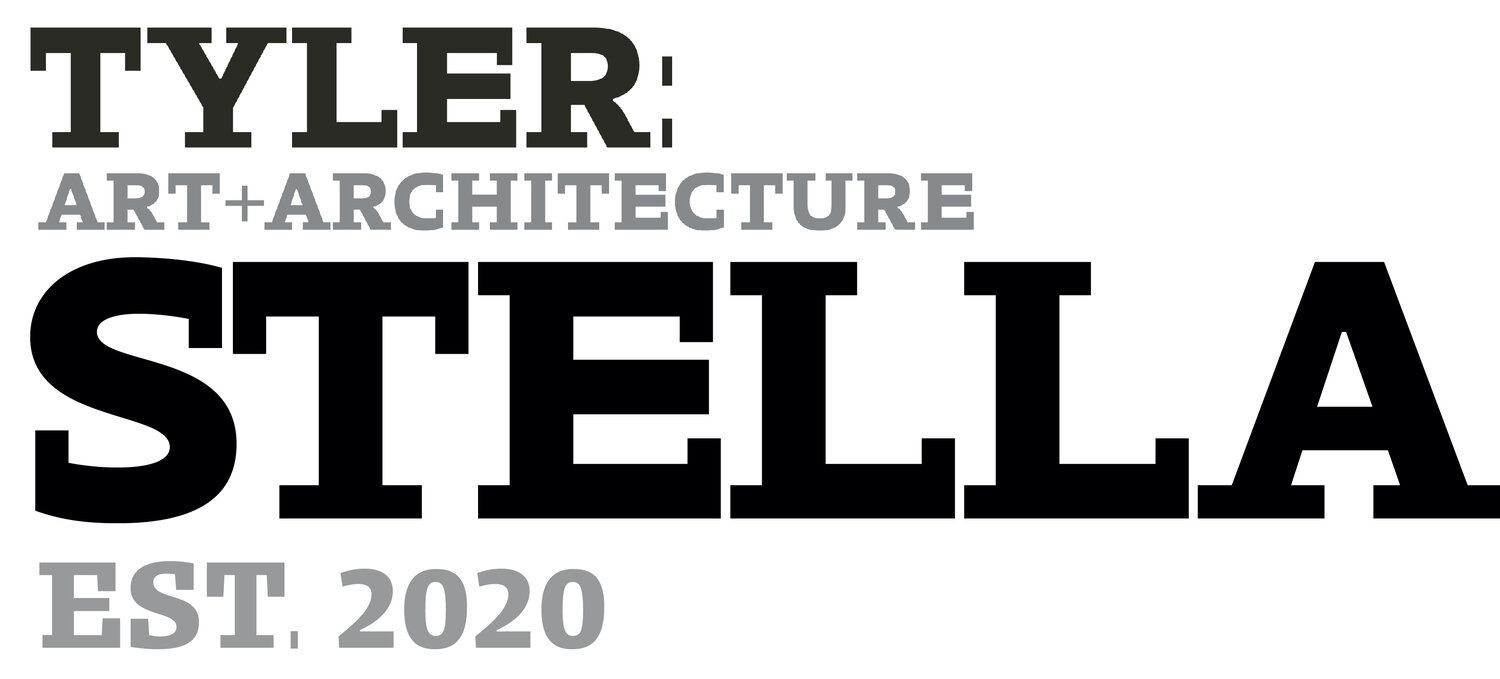Leafing Through the Landscape, An Artist’s Look at Joseph Brientnall’s Leaf Prints
by Kate Suchan
LABEL
Albums of predominantly nature prints of leaves produced by inking both sides of the specimen, placing it between a folded sheet of paper, and pulling the sheet through a printing press. Sheets contain one to several specimens (a few numbered) and several are annotated with the date of printing, inscriptions, and identifications of specimens. Some sheets contain manuscript notes about the provenance of and how the specimens were dried or inked, the condition of the leaves, their medicinal uses, and descriptions of the plants from which they came. Album also contains printed images of feathers, pieces of fabric, and a twenty-four line poem written in pencil and signed by "A Botanist" and dated 1855 (v. 1, p. 106)
COUNTERLABEL
The Nature Prints book by Joseph Breintnall is a bound book with a marbled paper cover. When opened, it features prints of leaves varying in size, shape, and composition, with the exception of some pieces of fabric. The prints are in black ink on cream paper. Pencil writing is seen sparsely, but when it is there, it records the date or says where the leaves are from. The prints are done in two ways, one way depicting one side of the leaf, and the other showing the front and the back, a mirror image. Typically the pages that are only one side of the leaf have multiple leaves per page. These collections have some similarity either through leaf size or shape. Throughout the book, the pages vary in size and that corresponds to the leaf size printed on it.
After interacting with this book at the Library Company, I had a few questions. I wondered how this book acts as a diary, if it had parameters of place, and how the leaves are curated within each page. I questioned how this book sat within its time period, if it was just a beautiful display or if it had significance to understanding the landscape? I was also curious about its technical process and wanted to learn it. Through my research I answered a few of those questions, but with creating the book, I pose a few more. How can replicating this book show consistencies or inconsistencies with the past? How has our landscape changed today? Can I use surrealist tools to emphasize a place or image using the prints. Can these same tools create a more intimate diary? Top Image is Breintnall’s print, Bottom Image is my print.
In this image, we see specimens of varying leaf shapes printed on the left and on the right, there are pieces of fabric and a small rounded leaf that are printed front and back. This page is the first in the collection that depicts something other than leaves. I could imagine this being one of the first attempts at seeing what could be printed at a highly detailed scale. Breintnall’s prints inspired Benjamin Franklin and they collaborated to create paper currency that was not reproducible. They ended up making a mold of leaves on top of fabric, that they cast in bronze to create the final print. Breintnall’s work was not only admired for its beauty but was used to be studied. They were a great way to transport specimens without the fear of them getting damaged. They also lasted longer than a real specimen would.
I began the book by collecting my own “natural” specimens and printing them as Breintnall did.
As you move throughout the book, I engage with my questions by playing with multiple materials, and different compositions, like you see in these images here. All of my prints are made using purchased hand laid paper and sumi ink. The ink gets painted on both sides of the specimen and then laid in between the folded paper and pressed with my fingers. For these prints, I wanted to juxtapose detritus found within the landscape to see what that might reveal about our environment today. These prints use discarded cardboard, coins, aluminum packaging, and leaves.
Towards the end of the book, I utilize my specimens and surrealist ideas of frottage to create images of landscapes. Max Ernst says “The collage technique is the systematic exploitation of the accidentally or artificially provoked encounter of two or more foreign realities on a seemingly incongruous level – and the spark of poetry that leaps across the gap as these two realities are brought together.” In this context, these images call attention to their possible origins and create a visual link through their juxtaposition. The layering of prints alludes to spatial depth and while it is not an exact rendering of the sites, these images play with scale and pattern to reveal intimate desires of place. To me, these images heighten the diary like quality of the book and show a mix imagination, dreaming and reality.
Plein-Air Podcast: A Look at Joseph Breintnall's Leaf Prints
Plein Air is a conversation between painters Andre Melchor and Kate Suchan, where they talk about art and its relationship to their environment.
Kate Suchan
Painting / 2024
Kate Suchan is a MFA candidate at Tyler School of Art and Architecture. She was born in Little Rock, Arkansas, and graduated from the Kansas City Art Institute in 2020 from the Painting Department. She has been in group shows in Kansas City, Minneapolis, and New York. She was also recently included in New American Paintings issue No. 160.







